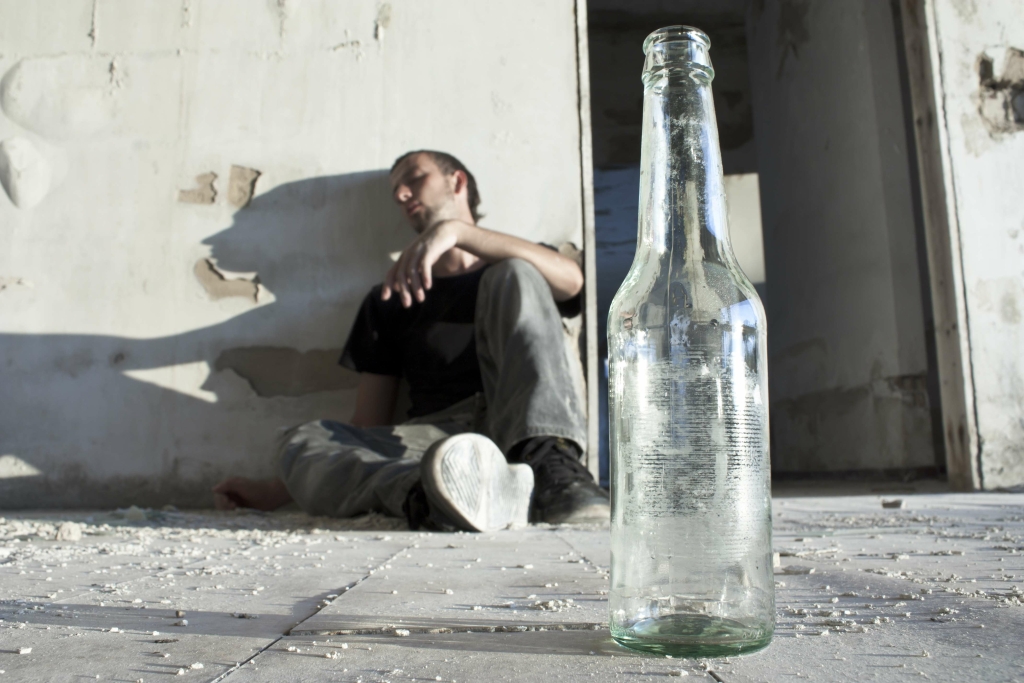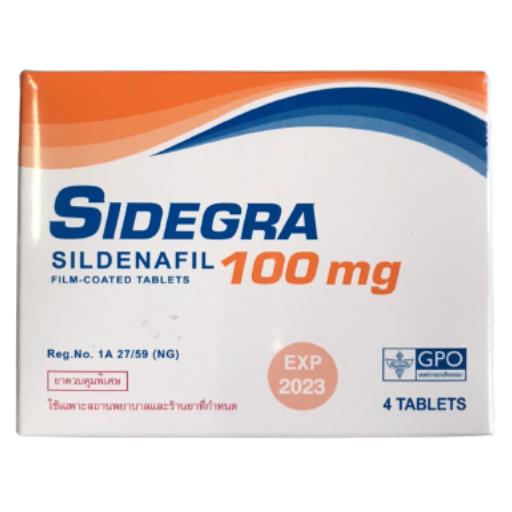As part of the baseline assessment, the Structured Clinical Interview for DSM-IV-TR (American Psychiatric Association, 2000) Patient Edition (SCID-I / P; First, Spitzer, Gibbon, & Williams, January, 2010) was administered. This included the anxiety and substance use disorder modules, which were used to assess PTSD and AUD for sample https://ecosoberhouse.com/ description. Nine RCTs were identified; three focused on medications to treat PTSD, four focused on AUD, and three to target both. One study included both a medication to treat PTSD and one to treat AUD so was discussed twice. All but one of the studies found that PTSD symptoms and drinking outcomes improved significantly over time.
- Subjects were also randomized to receive naltrexone (50 mg) or placebo, resulting in 4 cells.
- The hospital would receive patients with acute and chronic physical problems related to heavy drinking, whereas, the rehabilitation centers were often used by self-motivated users or their family to achieve abstinence using nonpharmacological methods.
- These estimates reflect the deviations from individuals’ expected scores removing temporal trend and day of the week effects.
- Although international research on alcohol-induced immune changes, the immune mechanisms for alcohol drinking behavior, and immune changes in PTSD abounds, we are not aware of studies that specifically examine inflammation in the context of AUD-PTSD comorbidity.
- We identified positive associations between inflammatory cytokines and lifetime MD, but not recent symptoms of depression, in the AUD sample [20].
However, our desires to mentally avoid or ignore undesirable episodes can lead to trouble with reconstructing aspects of the unpleasant experience. It’s easy for those who have ever been drunk or tried to think back on their youth, to assume that alcohol and age always impair your memories. A blackout is not the same as “passing out,” which means either falling asleep or losing consciousness from drinking too much. For a brief moment, you may become trapped in the past or separated from reality. You may feel like you are looking at yourself from above or a different person entirely.
Risk factors
At Heroes’ Mile, you get a personalized care plan that uses compassionate, research-based therapies administered by veterans. “In both the African American and white populations, there are important health conditions that can play a role in the risk of readmission after a stroke,” Lin said. In their analysis, researchers looked at factors such as Type 2 diabetes, high blood pressure, high cholesterol and narrowing of the arteries outside of the heart. They also considered illicit drug or alcohol abuse, previous heart attack or a history of smoking. Comorbidity between PTSD and AUD represents a key area in alcohol research, made richer by developments in both basic and clinical science and one in which there is an urgent need to identify effective treatments. The purpose of this review is to provide a comprehensive summary of the pharmacological treatment literature that exists for AUD and comorbid PTSD specifically for the alcoholism field.

Some studies have indicated that people who are diagnosed with PTSD and abuse alcohol may drink in an attempt to experience positive emotions. Alcohol use may improve their mood but is more likely to temporarily numb negative feelings followed by more serious negative feelings as the effects wear off. It is also possible for alcohol use to intensify the negative feelings that are already experienced. Civilian alcohol rehabs may not be able to provide support for your unique experience. But Heroes’ Mile in DeLand, Florida was created by veterans to help fellow veterans recover from alcohol addiction and heal the invisible wounds caused by the realities of military service. Lin said the findings “highlight the important things we can do to improve post-stroke care, such as focusing on high-risk populations, reducing modifiable risk factors, achieving stricter Type 2 diabetes control and access for veterans who may need prescription medication treatment.”
How Do I Determine What is Quality in Behavioral Health Services? 5 Suggestions for What to Look For
Or you may see a report on the news about a sexual assault and feel overcome by memories of your own assault. Serum concentrations of IL-1 receptor antagonist (IL-1ra), IL-6, IL-10, TNF-α, and IFN-γ were determined as part of a Bio-Plex protein array system (Human Bio-Plex; Bio-Rad Laboratories Inc., Hercules, CA, USA) based on the xMAP multiplex technology (Luminex, Austin, TX, USA). Serum tryptophan and kynurenine levels were determined by high-performance liquid chromatography, using an ultraviolet absorption detector for kynurenine and a fluorescence detector for tryptophan on Agilent ptsd alcohol blackout Infinity 1290 systems (Agilent Technologies, CA, USA). The ratio of kynurenine to tryptophan concentrations × 103 (KT ratio) was calculated and used as a measure of the tryptophan degradation index. Serum BDNF concentration was determined by enzyme-linked immunosorbent assay (ELISA), using a commercially available kit Human BDNF Quantikine ELISA kit (R&D Systems, Minneapolis, MN, USA) based on a sandwich enzyme immunoassay technique. The findings support routine trauma screening in AUD treatment samples and screening for risky drinking in trauma populations to help guide interventions.
- The purpose of the present research was to investigate the relationships among PTSD symptoms, alcohol-related consequences, and facets of emotion dysregulation.
- Men with higher PTSD symptoms may have a higher level of impulsivity that leads to reckless behaviors such as risky alcohol use.
- The ESM study was a measurement burst design with 10 weeks of sampling in 7 bursts across the 1.5 years.
The AUDIT is a well-established 10-item screening measure with excellent psychometric properties (Babor et al., 2001; Donovan, Kivlahan, Doyle, Longabaugh, & Greenfield, 2006). A cut-score of 8 or higher indicates potential hazardous alcohol use (Babor et al., 2001). To determine whether sex differences existed, the same analyses were conducted with the sample split by sex. For men, the indirect path through Impulse Control Difficulties was significant (Table 4); whereas for women, the path through Difficulties in Engaging in Goal-Directed Behavior was significant (Table 5).
Conditional disorders
Furthermore, research shows that AA individuals experience more severe symptoms of AUD as compared to EA individuals (Mulia et al., 2009). Many people with post traumatic stress disorder (PTSD) experience blackouts, among other symptoms. These blackouts may include flashbacks to a previous time in the person’s life, or they may involve a dissociation from reality. While these experiences may be scary in the moment, you can control and even prevent them with the right treatment plan. In this guide, we will discuss how to handle PTSD blackouts and regain control of your mind and body.
![]()
